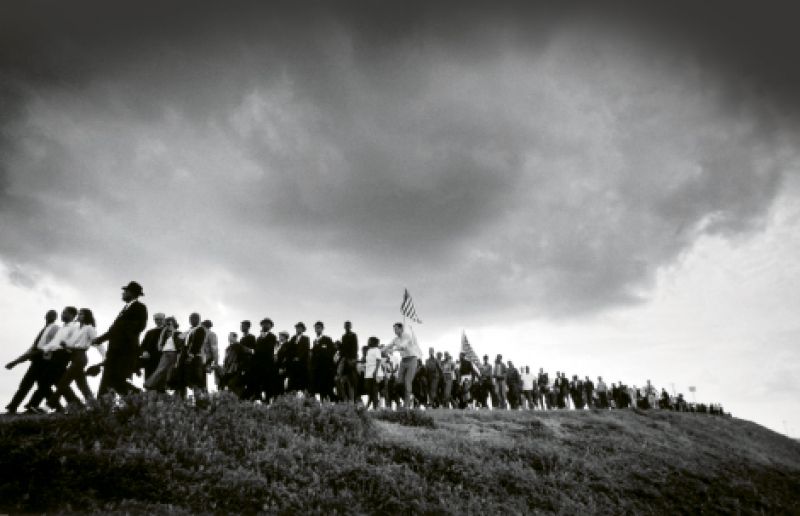
Photography humanizes us,” photojournalist James H. Karales once said. And via his penetrating lens, it also humbles and sometimes horrifies us. By capturing unglossed emotion and unstaged moments, Karales’ photography honors both the fortitude and fury of those facing injustice, as evidenced by his Civil Rights-era images that are the focus of the Gibbes Museum exhibition “Witness to History,” on display through May 12.
While a staff photographer for Look magazine in the 1960s, Karales’ assignments gave him up-close access to Martin Luther King, Jr., to marchers trudging from Selma to Montgomery, and more. In turn, he gave us indelible images of the human spirit, rendered in black and white, during a period when “black” and “white” was fraught with tension.
Karales died in 2002, and his wife, Monica, manages his estate from her home in Charleston. During this 150th anniversary year of the Emancipation Proclamation, “Witness to History” offers poignant insight into just how far history has brought us. And by its “humanizing” evocativeness, Karales’ work perhaps also points a way forward.
Look for Rebekah Jacob Gallery to exhibit Karales’ work this spring in conjunction with the publication of Controversy and Hope: The Civil Rights Photographs of James Karales, which the gallery helped produce.